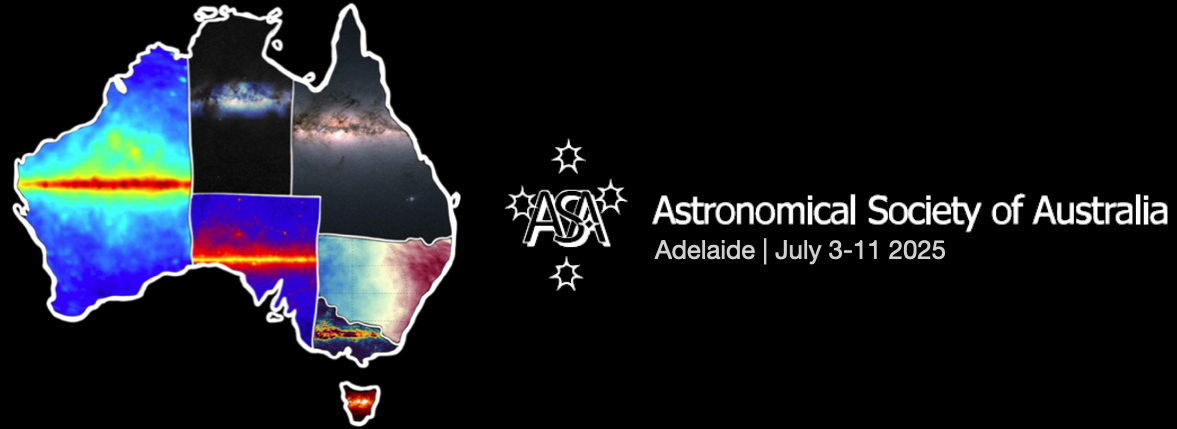Speaker
Description
The enormous spectroscopic datasets from current astronomical surveys provide an unprecedented opportunity to explore the stellar populations of the Milky Way and its surroundings. The largest surveys range from several million stars (e.g., LAMOST) to the roughly quarter-billion stars observed with Gaia XP spectra. These survey data are generally at low or moderate spectroscopic resolutions, yet the “gold standard” for determining stellar parameters and elemental abundances remains high-resolution spectroscopic data. We have used The Cannon, a data-driven machine-learning technique to transfer stellar labels (collectively referring to stellar parameters and abundances) from high-resolution GALAH DR4 data to lower-resolution Gaia DR3 RVS spectra. We trained our data model on ~14000 selected targets common to both surveys, utilising the stellar labels from GALAH. Our model determines effective temperature (Teff), surface gravity (log g), metallicity ([Fe/H]), and α-element abundances for nearly 800,000 RVS spectra (Das et al. 2025). We recover a bimodal distribution in [Ti/Fe] vs. [Fe/H], corresponding to the high-α and low-α populations in the Milky Way disc, marking one of the first demonstrations of this α-element dichotomy in RVS data. Using stars from several open and globular clusters present in the Gaia RVS catalogue, we have validated our metallicity estimates within a precision of ∼0.02–0.10 dex. Finally, for a subset of this sample with predicted log g < 3.5 (i.e., giants) we are able to measure the abundances of several neutron-capture elements, illustrating the exciting potential of this method for reliably determining stellar parameters and abundances from medium-resolution Gaia RVS spectra – a dataset which will comprise spectra of over 200 million stars by the end of final data release.

